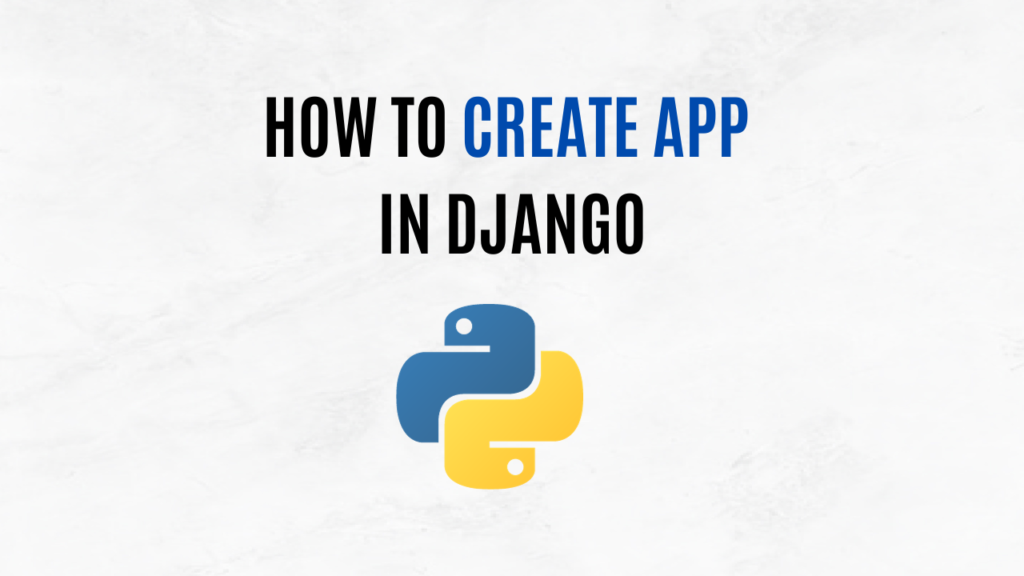Introduction
In the world of web development, Django stands as a robust and powerful framework for creating dynamic and feature-rich websites and web applications. Whether you’re a seasoned developer or just starting your coding journey, creating a project in Django can seem daunting at first. Fear not! In this guide, we’ll see how to create a Django project step by step, making the whole experience smooth and enjoyable.
Step 1: Setup
Before diving into creating a Django project, it’s crucial to set up your development environment. Ensure Python is installed on your system. Additionally, installing a virtual environment is recommended to keep your project dependencies isolated.
Step 2: Install Django
Open your terminal and use the command:
pip install django
Step 3: Create a Project
- Choose a suitable directory and navigate to it in the terminal.
- Enter the command:
django-admin startproject YourProjectName
Step 4: Project Structure
Your new project will have these main files:
manage.py: Command-line tool for managing the project.YourProjectName/: Main package.settings.py: Project configuration.urls.py: Define URL patterns.wsgi.pyandasgi.py: Deployment entry points.
Step 5: Configuration
Open settings.py to configure settings such as the database, time zone, and static files.
Step 6: Run the Development Server
Now open the project’s root directory, and use:
python manage.py runserver
Visit http://127.0.0.1:8000/ in your browser to see your Django project live.
Conclusion
Creating a Django project is the first step toward developing powerful web applications. With a clear project structure and user-friendly commands, Django simplifies the process. Now that your project is up and running, you’re ready to dive into the exciting world of Django web development!
For more concise guides and insights on various topics, visit AiHints.


